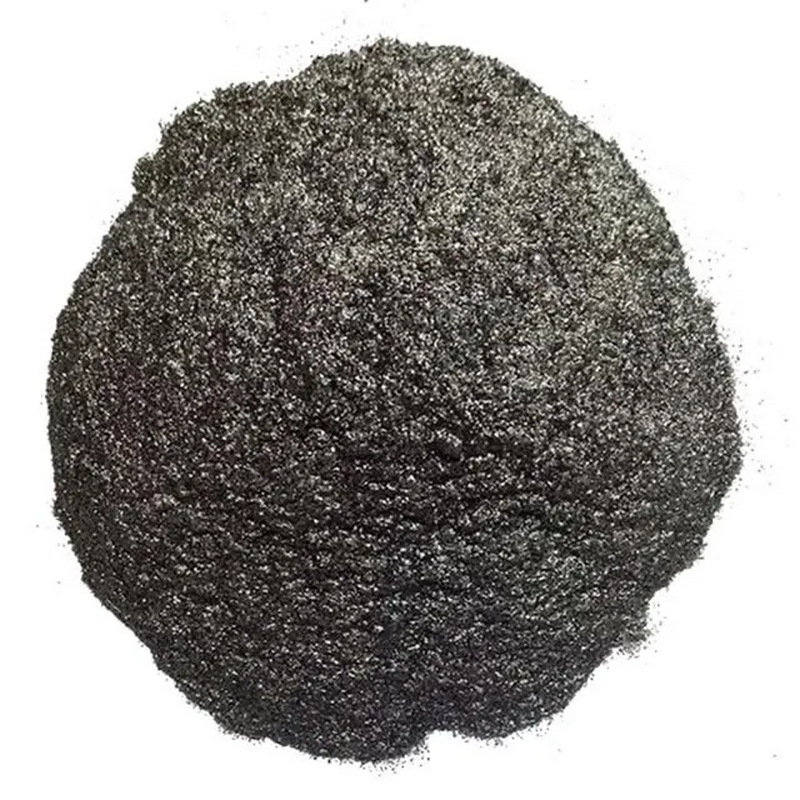High purity graphite is a term commonly used in the graphite industry to denote graphite with a carbon content exceeding 99.99%. Graphite, in general, is a naturally occurring form of carbon, known for its excellent thermal and electrical conductivity. High purity graphite takes this exceptional conductivity to new heights, making it a preferred choice in various high-tech applications.
Forms of High Purity Graphite
There are different forms of high purity graphite available, each catering to specific requirements. The most common forms include fine grain graphite, coarse grain graphite, and ultrafine grain graphite.
Fine Grain Graphite: Fine grain graphite is characterized by its small particle size and smooth surface. It offers excellent mechanical properties, making it ideal for applications that require high strength and dimensional stability. Fine grain graphite is widely used in the manufacturing of crucibles, graphite molds, and various electrodes.

Coarse Grain Graphite: With larger particle sizes and a more granular structure, coarse grain graphite possesses excellent thermal stability. It is widely used in high-temperature applications, such as in the production of refractory materials, heat exchangers, and electrodes for electric arcs.
Ultrafine Grain Graphite: As the name suggests, ultrafine grain graphite boasts extremely small particle sizes and exceptional homogeneity. This form of graphite offers superior thermal shock resistance and is commonly used in the production of high-performance lubricants, coatings, and fuel cell components.
Application of High Purity Graphite
The remarkable attributes of high purity graphite make it a versatile material with a wide array of applications across several industries. Some notable applications include:
√Electronics Industry: High purity graphite is extensively used in the electronics industry due to its exceptional thermal conductivity and electrical resistivity. It finds applications in heat sinks, electrodes, batteries, and as a crucial component in the production of semiconductors.
√ Automotive Industry: Graphite plays a vital role in the automotive industry by enabling the production of lightweight and high-strength parts. High purity graphite is used in the manufacturing of brake pads, gaskets, seals, and lubricants, contributing to improved vehicle performance and fuel efficiency.
√Energy Storage: High purity graphite is a key component in lithium-ion batteries, which power our smartphones, laptops, and electric vehicles. The material's superior conductivity and stability ensure efficient energy storage and release, contributing to the growth of the renewable energy sector.
√Aerospace and Defense: The aerospace and defense industries heavily rely on high purity graphite for its lightweight yet robust properties. Graphite-based composites are used in aircraft components, rocket nozzles, missile systems, and other critical applications that require strength, heat resistance, and low wear rates.
√Foundry and Metallurgy: High purity graphite is widely utilized in foundries and metallurgical processes. It is an essential material for mold manufacturing, enabling the production of complex and intricate metal parts. Graphite crucibles and electrodes are also commonly employed in high-temperature applications, such as alloy refining and smelting.
As technology continues to advance, the demand for high purity graphite is expected to soar. This remarkable material's unique combination of properties makes it invaluable in various sectors such as energy, automotive, electronics, and aerospace. With ongoing research and development efforts, high purity graphite is likely to undergo continuous improvements, opening up even more applications and possibilities.
Post time: Jun-16-2023






